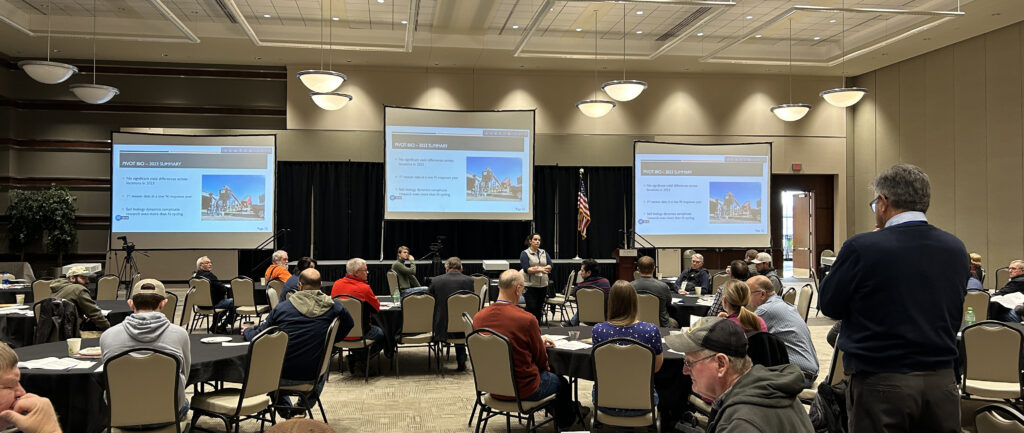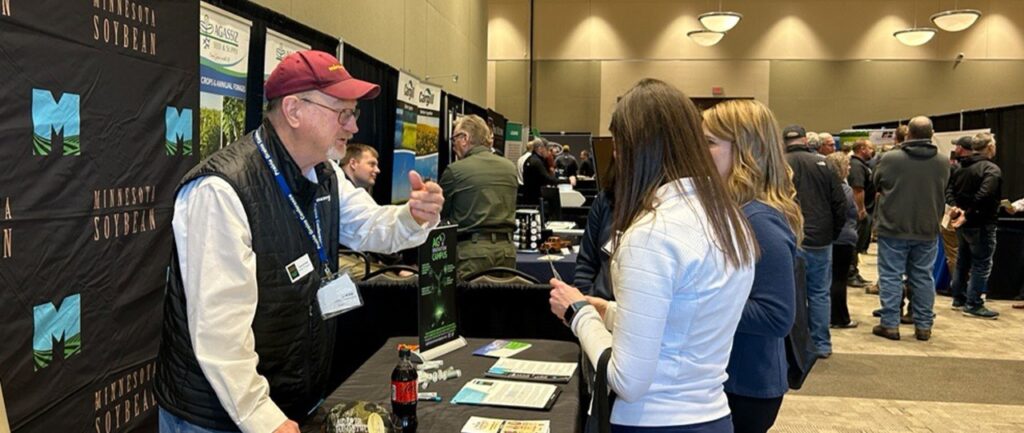Ok, folks, time to feel good. Planting is over and herbicide application is underway, if not completed. You have time for a good cup of hot coffee. About the time you sit back and let your heels hit the desk; you look over and see that bag of leftover seed. Now what do you do?
First thing, do not try to sell the left over seed to the elevator. A recent article in the Minnesota Grain and Feed Association newsletter states: “Be advised – The Food and Drug Administration and the U.S. Grain Standards Act allows ZERO TOLERANCE for treated seed occurring in grain.“
If you think on it a bit, it will not take long to decide allowing treated seed into the food or feed supply line is just a bad idea. Would you feed treated seed to your livestock? If not, why would you allow some child to consume it? Along that same logical pathway, allowing wildlife to consume the leftover treated seed is an equally bad idea. So what do you do?
You have about three realistic options; destroy, store or plant the seed. Some growers bury seed. Given the proliferation of front end loaders, this can be a simple process, but takes fuel, time, and may require a map of past burial spots. You might be able to burn the seed in certain systems, but one needs to consider the potential danger in breathing the fumes. Another potential option might be to compost the seeds, but the different seed treatments could potentially interact with this process.
Storage is a possibility. Successful storage is dependent on your ability to maintain vigor and viability of the seed until the following planting season. High temperature and high humidity are not friends of seed storage. Fluctuating levels of moisture (humidity) also causes problems. Cold storage is best. However, warm temperature seems to be somewhat less of an issue.
A study from Iowa examined treated soybeans placed in warm storage (78oF/31%RH) over 16 months had greater than 90 percent viability. A 5’ x 10’ x 10’ climate controlled storage unit can be had in the Mankato area for about $70 per month. It becomes a matter of economics. If you have 1-2 bags, you might be able to store seed in the back of a closet, or if you have a ton or so of bagged seed, looking into climate controlled storage is an option. If you store the seeds, a seed germination and viability test conducted in March will provide valuable information.
What do you do with five bags? The final option, planting, maybe your best bet. Soybeans make excellent hay. It is expensive, but still a good hay crop. Soybeans are also a decent cover crop and can be used to control erosion. If one thinks outside the box, treated soybean seeds can enhance wildlife areas.
I had a native prairie restoration project in Louisiana where we planted Roundup ReadyTM soybeans in the area in the first year. We used high rates of glyphosate to control Johnsongrass and bermudagrass, then planted the prairie mix in the fall. It was one of the most successful prairie restoration projects that year. Deer and other wildlife will readily consume soybean forage, and depending on the native diet, may prove critical in supporting yearling deer growth. Obviously check with your local Minnesota Department of Natural Resources conservation officer about the legalities involved.
Every year farmers have to deal with the likelihood of surplus seed. If untreated, disposal of the seed is relatively easy. Treated seed has disposal issues that require additional management decisions on your part. Once made, you’ll feel better. Who knows, maybe the coffee is still warm.







